Title: 12 µm-Thick Sintered Garnet Ceramic Skeleton Enabling High-Energy-Density Solid-State Lithium Metal Batteries
First Author: Chengshuai Bao (Shanghai Institute of Ceramics, Chinese Academy of Sciences)
Corresponding Author: Zhaoyin Wen (Shanghai Institute of Ceramics, Chinese Academy of Sciences)

Due to the potential to address safety concerns and significantly improve energy density compared to liquid-state batteries, solid-state batteries are regarded as the next disruptive battery technology. Among them, ultrathin composite solid-state electrolytes show great promise in high-energy-density solid-state lithium metal batteries due to their lightweight and good compatibility with electrode interfaces. However, the uncontrolled dendrite growth and performance degradation caused by inorganic powder agglomeration have hindered the practical application of ultrathin composite solid-state electrolytes. Therefore, the development of new types of ultrathin composite solid-state electrolytes has become a current research focus.
Based on this, Zhaoyin Wen's team from the Shanghai Institute of Ceramics, Chinese Academy of Sciences, has successfully developed a flexible, self-supporting Li_(6.5)La₃Zr_(1.5)Ta_(0.5)O₁₂ (LLZO) ceramic skeleton. Subsequently, through in-situ ultraviolet curing technology, they obtained a three-dimensional interconnected structure composite membrane solid-state electrolyte with a thickness of only 12 µm by combining it with a polymer. The development of this composite electrolyte not only effectively avoids the agglomeration of ceramic powder phases in the composite electrolyte but also enables efficient regulation of ion transport through the continuous two-phase interface. The cross-linked polymer phase maintains the integrity of the composite electrolyte structure. Testing results show that the composite electrolyte exhibits a high lithium ion migration number of 0.83 and a high lithium ion conductivity of 1.19×10⁻³ S/cm at room temperature. A high-nickel ternary positive electrode full cell assembled with this electrolyte achieves a specific capacity of 185.4 mAh g⁻¹ at 0.1C, with an average coulombic efficiency exceeding 99%. This work was published in the top international journal Advanced Energy Materials, with Chengshuai Bao as the first author of the paper.
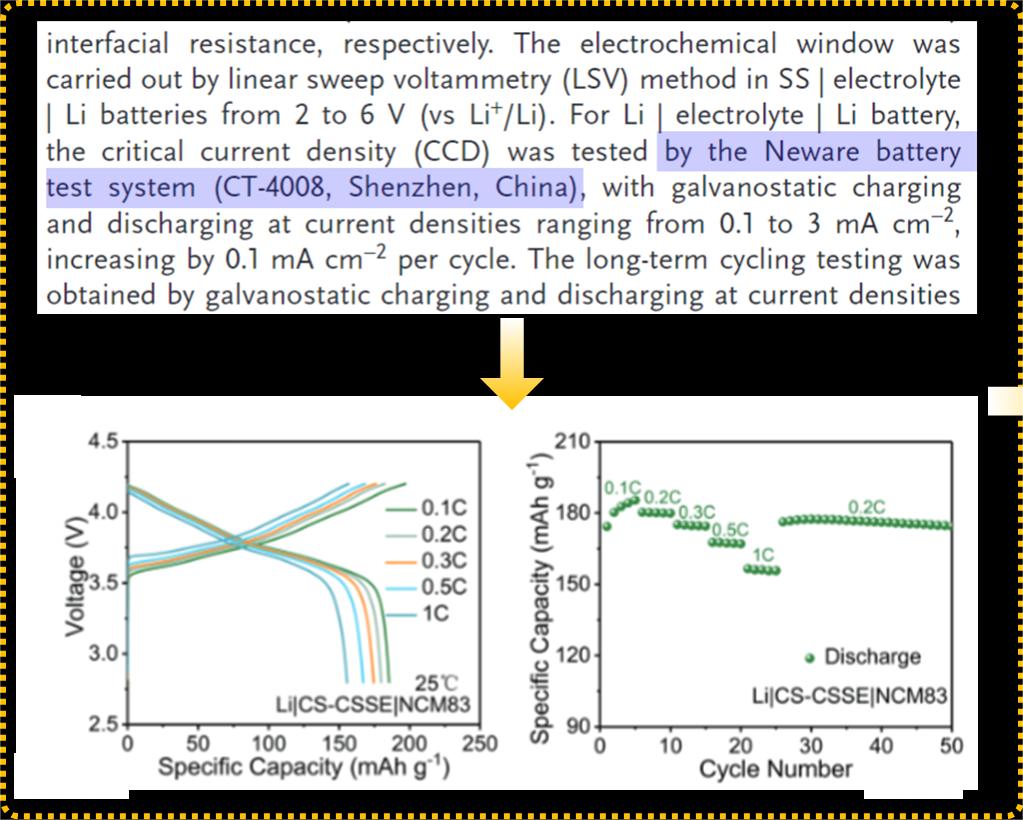
All electrochemical performance in this article was tested using battery testing equipment from NEWARE. The CT-4008 series equipment not only enables testing of dQ/dV differential capacity curves but also provides 0.05%FS high precision and three-electrode testing conditions, effectively meeting the testing needs of various research institutions and universities.
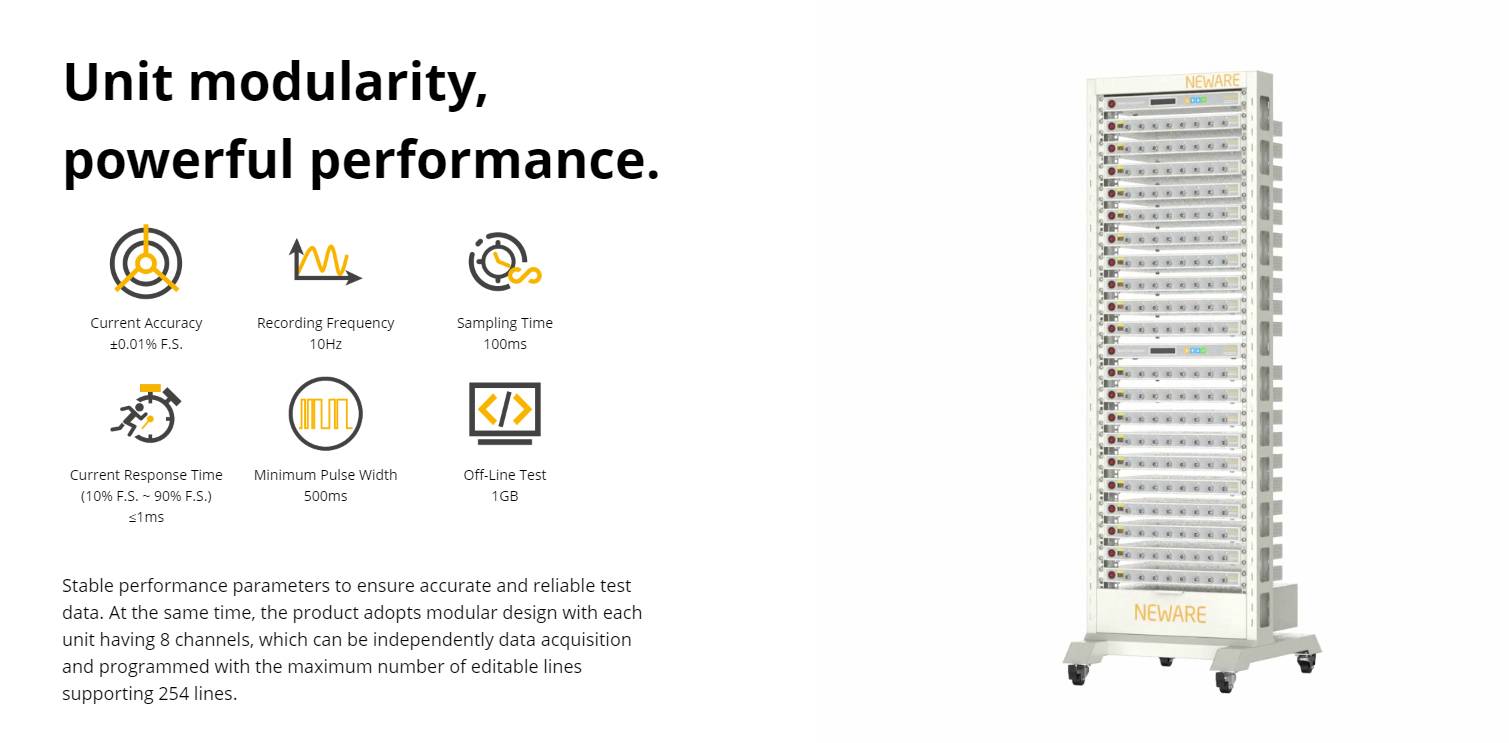
NEWARE battery testing system, CT-4008Q-5V100mA-124, is designed for testing coin cells, super capacitors, three-electrode systems, and more. It offers stable performance parameters to ensure accurate and reliable test data. The system features a modular design with each unit having 8 channels, allowing independent data acquisition and programming with a maximum of 254 editable lines. It supports current ranges from 0.5μA to 0.1mA, 0.1mA to 1mA, 1mA to 10mA, and 10mA to 100mA, enabling precise control of small currents within a narrow range. With a thin and compact 1U* body, it occupies minimal space while offering extensive testing capabilities. Multiple units can be assembled onto a gantry for easy storage and testing of multiple batteries. The system supports various testing modes such as cycle life test, rate charging/discharging test, pulse simulation test, GITT test, DCIR test, and enables dQ/dV differential capacity curve analysis. The NEWARE battery testing system is complemented by the BTS 8.0 software, which provides comprehensive work-step settings, recording, and data storage functionalities. It supports CC charging or discharging until the specified voltage is reached, seamlessly switching to CV mode for smooth battery compensation. The software also supports import/edit/export of DBC files and easy customization of battery pack protocols. The NEWARE battery testing system incorporates multiple safety protection features, including discharge data protection, offline testing function, voltage and current limits settings, capacity limits setting, and delay time settings to ensure a safe testing process. It also offers extensive peripheral devices, creating a multi-dimensional testing environment. Integrated peripheral devices such as auxiliary voltage, auxiliary temperature, and environmental test chambers provide comprehensive testing and evaluation support for battery mass production.
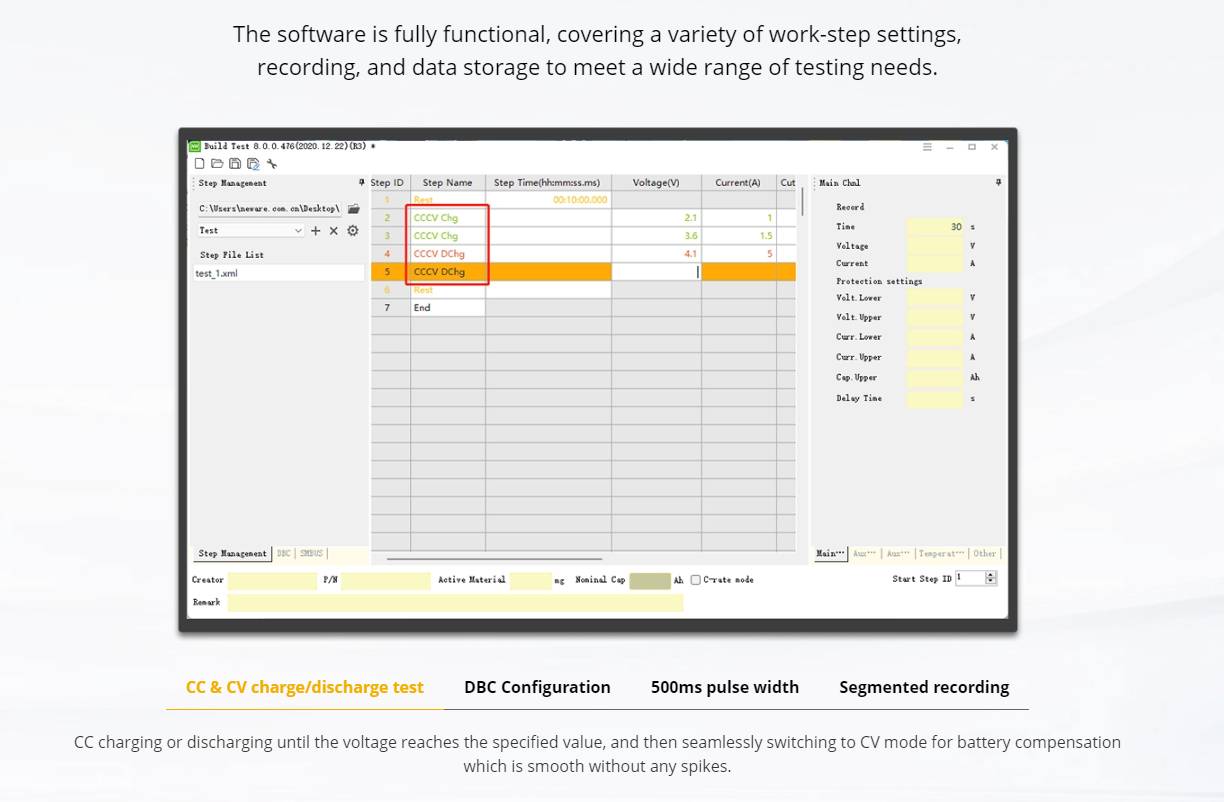
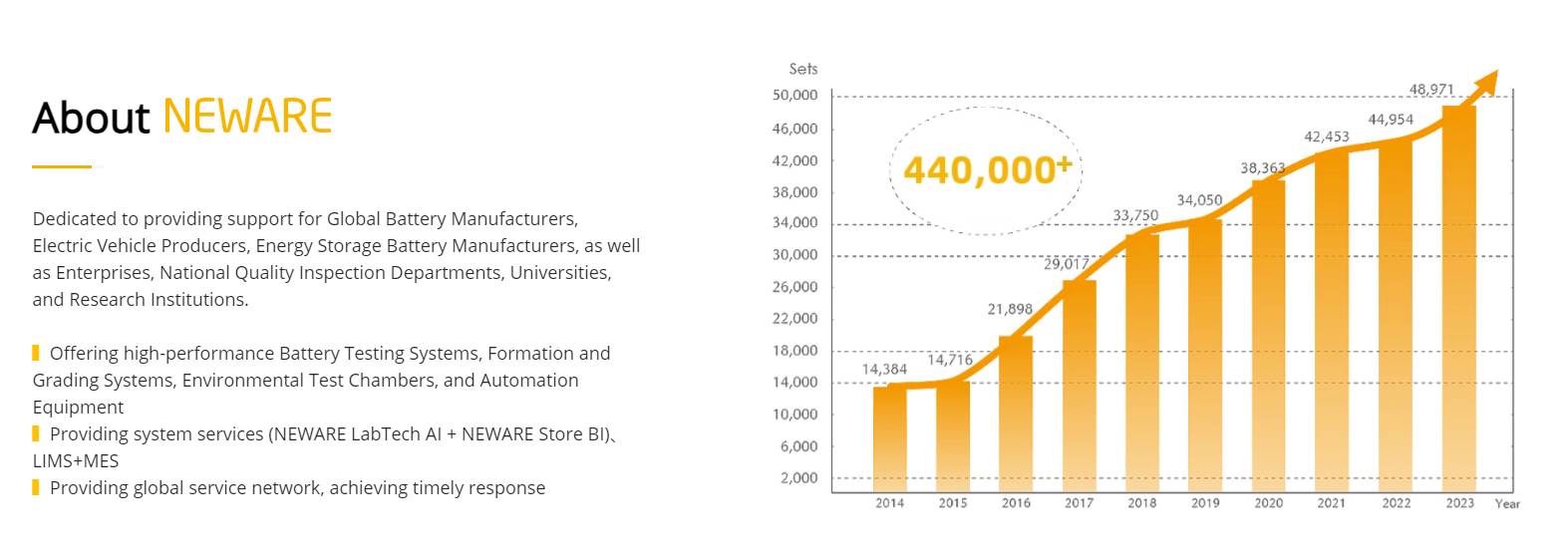
NEWARE, with over 25 years of battery testing experience, strives for innovative designs and superior quality. The company is dedicated to providing support for global battery manufacturers, electric vehicle producers, energy storage battery manufacturers, enterprises, national quality inspection departments, universities, and research institutions.
NEWARE offers high-performance battery testing systems, formation and grading systems, environmental test chambers, and automation equipment.
NEWARE provides system services such as NEWARE LabTech AI and NEWARE Store BI, as well as LIMS+MES.
NEWARE has a global service network, ensuring timely responses.
If you have any requirements or ideas regarding battery testing, please feel free to contact us. We are able to provide customized services based on your specific needs.
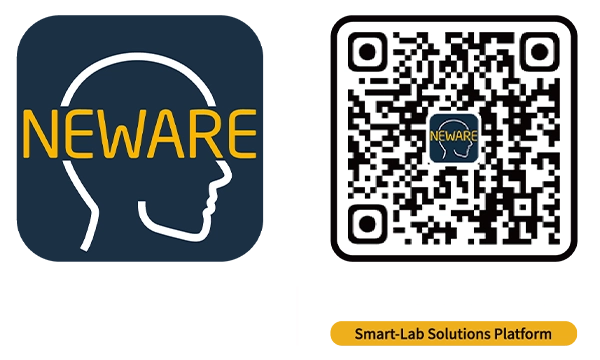


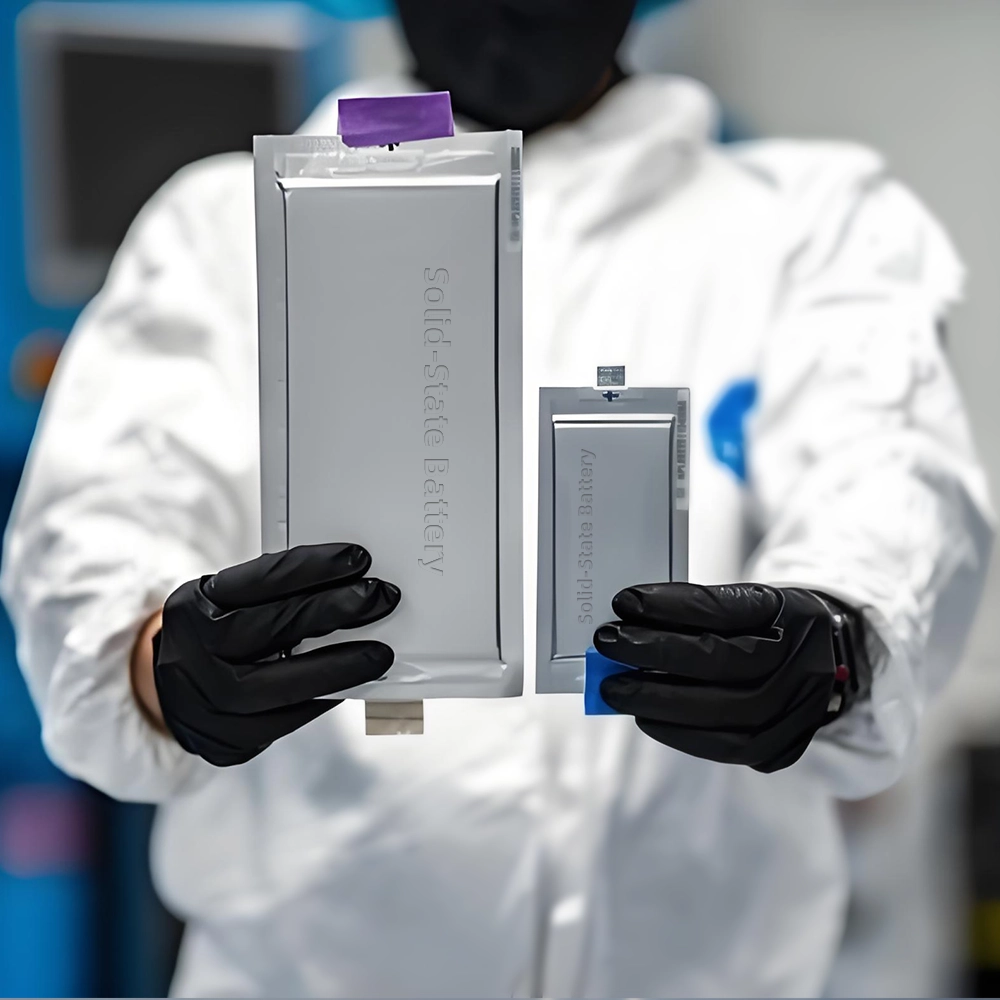
The lab focuses on solid-state battery research to overcome traditional lithium batteries' safety and energy density issues, supporting environmental sustainability. It develops innovative solid-state electrolytes, refines electrode materials, and investigates ion transfer and interface stability to revolutionize battery technology.
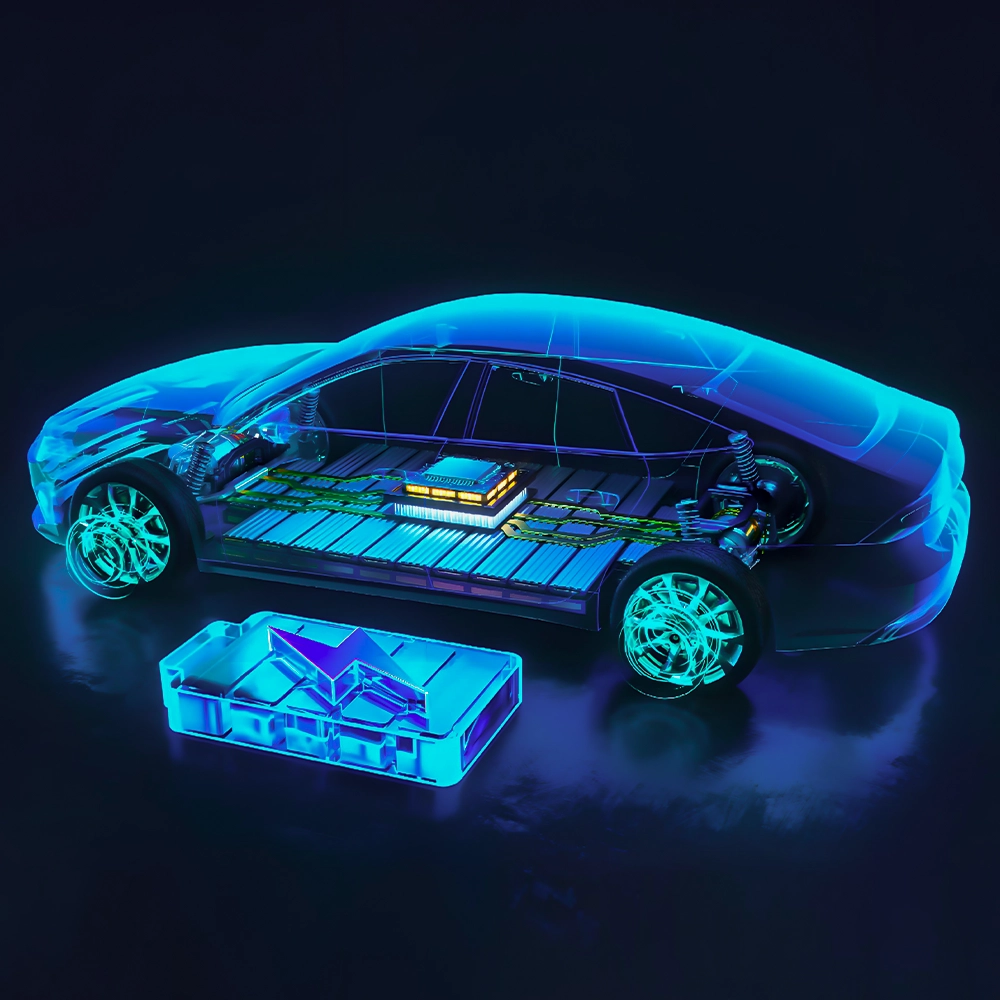
The electric vehicle battery industry is rapidly developing, focusing on technological innovation, market competition, and sustainability. Research hotspots include solid-state batteries, new types of electrolytes, BMS optimization, and recycling technologies. The environmental adaptability, safety, and economic viability of batteries are key research areas, and the industry is expected to undergo more innovation and transformation.
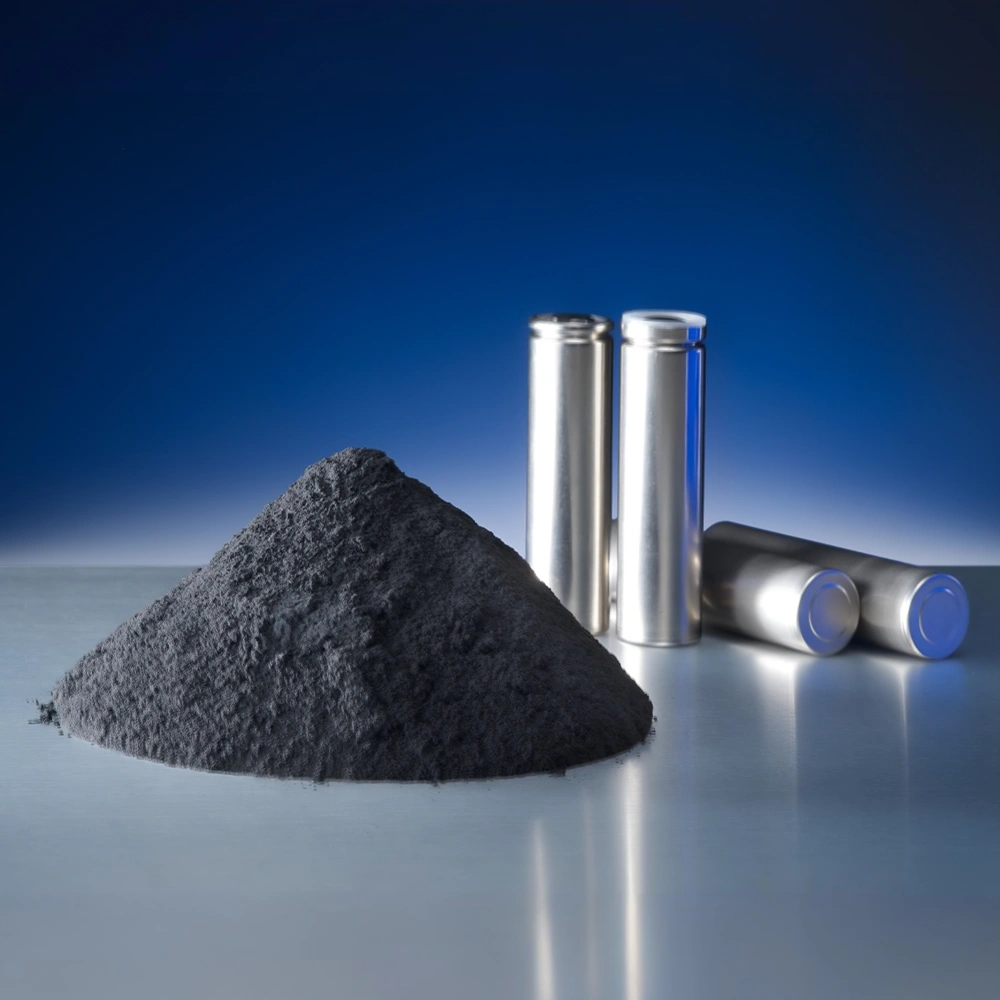
We specialize in battery preparation technology research, focusing on overcoming existing energy storage challenges by innovating in electrode materials, battery chemistry, and manufacturing processes to improve performance, enhance safety, and reduce costs. Sustainability and recycling technologies for batteries are also emphasized to mitigate environmental impacts and foster the growth of green energy.